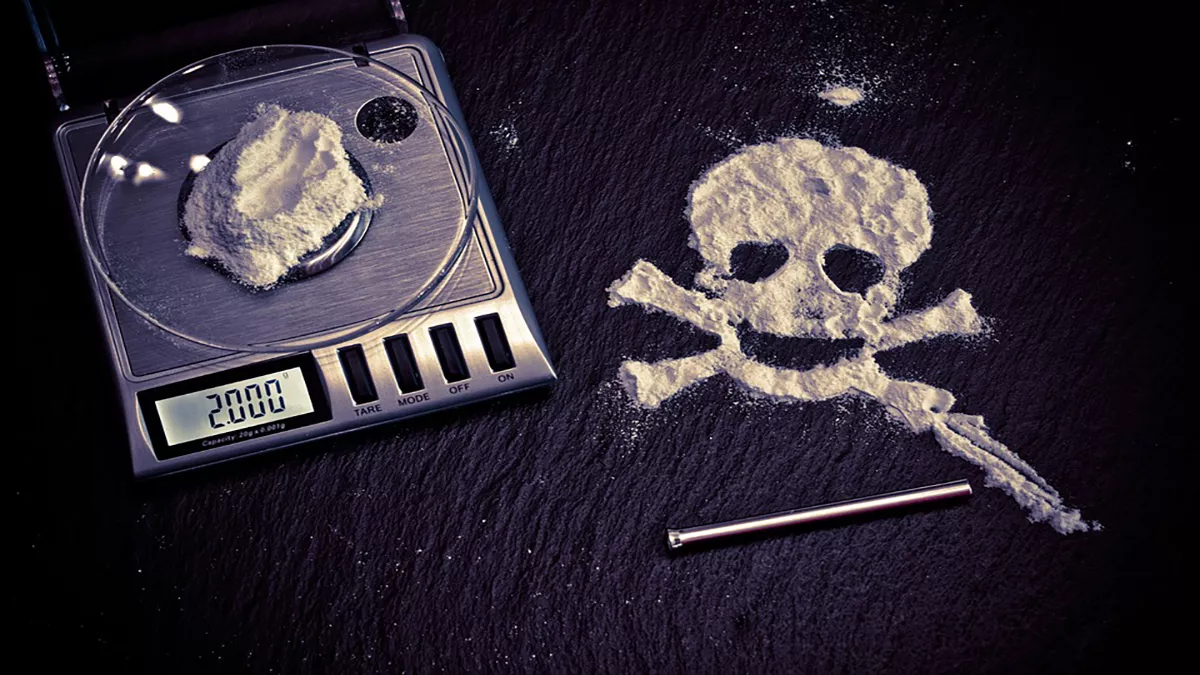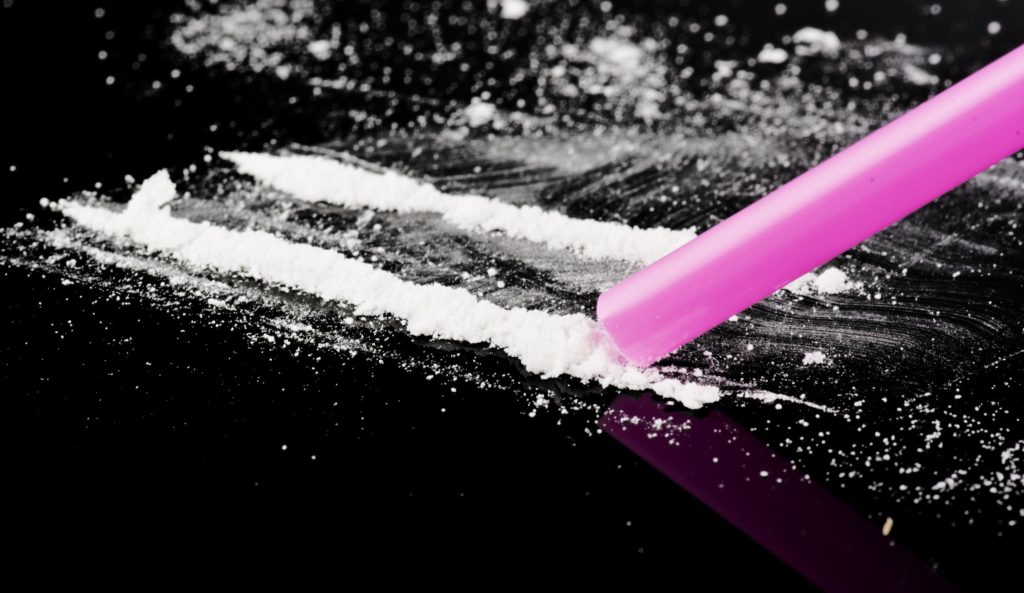Teen Cocaine Use What You Need to Know

Teen Cocaine Use: What You Need to Know
Research shows that as many as 50 percent of all American teens admitted to using illicit substances at least once. While rates were highest in regard to alcohol, marijuana, and prescription drug use, other forms of substance use cannot and should not be overlooked. In fact, the most recent study shows there is a significant increase in teen cocaine use among those who have participated in prescription drug abuse. As of 2020, five percent of youth aged 12 to 17 reported using cocaine in the last year alone.
For parents, guardians, educators, counselors, and other authority figures working with teens, these numbers are alarming and concerning. Here’s everything you need to know about teen cocaine use to protect your child.
What is Cocaine?
Cocaine is a well-known, powerfully addictive stimulant substance derived from coca leaves. It is also known as:
- Blow
- Bump
- C or Big C
- Coke
- Crack (a derivative of cocaine)
- Dust
- Nose Candy
- Pearl
- Snow
- Sneeze
- Sniff
- Speedball (when combined with heroin)
- White Rock
Powder Cocaine
Powder cocaine is scientifically known as Hydrochloride salt. It is ingested by snorting, smoking, or rubbing on the gums. It may also be mixed with a liquid and injected into the veins. In the worst-case scenarios, powder cocaine may be combined with fentanyl, opioids, or amphetamines for increased affect and increased risk of harm. This doctoring can easily lead to overdose, which may be fatal.
Crack Cocaine
Nearly 400,000 Americans admit to having taken crack cocaine, which is a doctored form of powder cocaine. Crack cocaine occurs when ‘pure’ cocaine is combined with baking soda, talcum powder, or sugar for use. Crack cocaine is up to six times stronger than powder cocaine. Because the doctoring is often done haphazardly and without concern for the user’s safety, crack cocaine may be more dangerous and come with an increased risk of overdose or addiction.

What Happens to Your Brain When You Use Cocaine?
Cocaine affects your brain in much the same way as other stimulant substances. Cocaine works by sending dopamine to your brain, which causes you to experience an intense feeling of a euphoric or pleasurable “high.” This flood of dopamine is the primary factor in the development of addiction. Teen cocaine use can lead to both a physical and psychological reliance on the substance to feel pleasure or happiness. Cocaine use can also cause heightened sensitivity, mood swings including intense anger and/or depression, anxiety, paranoia, drowsiness, and hallucinations which can linger after the physical effects of cocaine use have faded.
What Happens to Your Body When You Use Cocaine?
The physical effects of cocaine can also include:
- Blurred vision
- Fever
- Nausea
- Muscle pain
- Heart disease
- Heart attack
- Seizures
- Intestinal damage
- Lung or liver disease
Depending on the method of use, teens may experience additional side effects and symptoms associated with cocaine. Snort cocaine may lead to nosebleeds or trouble swallowing. Ingesting cocaine by eating it can lead to bowl decay.
Is Cocaine Addictive?
Cocaine is an addictive stimulant, but the issue of teens and cocaine is even more severe and troubling. Why do teens use cocaine? As with adults, cocaine use causes intense cravings while also increasing tolerance. As cocaine addiction becomes more pronounced, a teen will require progressively larger quantities of cocaine to achieve the same “high.”
What Does Cocaine Withdrawal Look Like?
When cocaine use is discontinued, withdrawal symptoms can be intense and painful. This further enforces addictive habits as teens are driven to seek out the drug to alleviate their discomfort. Symptoms of cocaine withdrawal may include:
- Fever
- Stomach pain
- Tremors and convulsions
- Excessive sweating
- Difficulty breathing
- Heart problems
Cocaine withdrawal symptoms can be incredibly dangerous. If you suspect your teen is abusing cocaine, seeking help through an adolescent drug treatment center is the best course of action.
Next Step: Discover New Treatment Possibilities for Your Teen
Safe Landing Recovery offers comprehensive teen cocaine abuse treatment in Miami, Florida. Our treatment programs address the core problem of teen substance use as well as related behavioral health issues. Our holistic approach to recovery empowers teen clients and their families with better coping mechanisms and life skills to support ongoing sobriety.
Call 844-486-7205 today for more information about how we can help you and your family.

